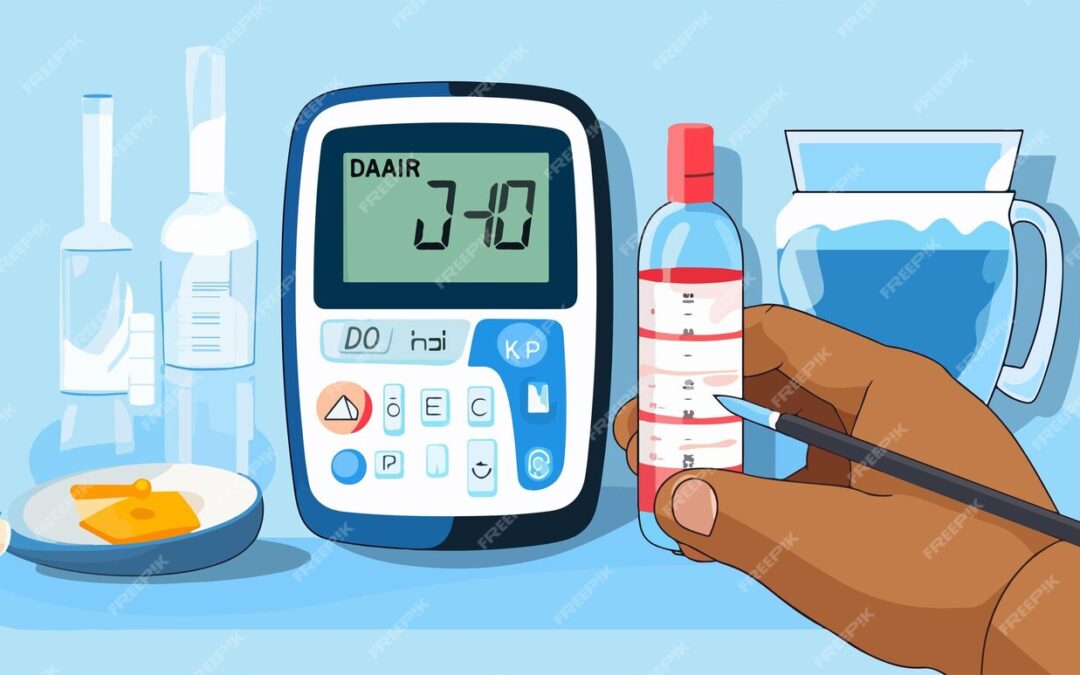Ease of Use for Choosing the Right Blood Glucose Monitor
Selecting a blood glucose monitor involves several considerations, with ease of use being a crucial factor in effective diabetes management.
A device that is intuitive and straightforward can significantly improve adherence to monitoring routines, making it easier for users to manage their condition.
This article examines the characteristics that contribute to the ease of use of blood glucose monitors and why they matter for individuals with diabetes.
1. User-Friendly Design
The design of a blood glucose monitor plays a vital role in its usability.
Monitors with large, clear displays make it easy for users to read results quickly, which is particularly important for individuals with vision impairments.
Additionally, a straightforward button layout that clearly indicates functions can simplify the testing process.
Devices with backlit screens offer added convenience for users who may need to test their glucose levels in low-light conditions.
2. Sample Size and Testing Method
The ease of obtaining a blood sample can greatly influence user experience.
Monitors that require smaller blood samples can reduce discomfort and make testing less intimidating.
Furthermore, devices utilizing alternative testing sites, such as the forearm rather than just fingertips, offer flexibility.
It’s essential for users to choose a monitor that aligns with their comfort level in terms of blood sampling, as this can enhance regular monitoring adherence.
3. Time to Result
Quick results are a key component of user satisfaction. Many modern blood glucose monitors provide readings in five seconds or less, allowing users to incorporate testing seamlessly into their daily routine.
Time efficiency during testing is especially beneficial for those with busy lifestyles or for parents managing their children’s diabetes, as it reduces overall interruption to daily activities.
4. Integration with Technology
In an increasingly digital world, blood glucose monitors that sync with smartphones or tablets can enhance usability.
Devices that connect via Bluetooth to mobile applications provide users with features such as automatic logging of results, trend tracking, and reminders for testing or medication.
This integration simplifies data management and allows users to gain insights into their glucose patterns over time, making it easier to communicate with healthcare providers.
5. Support and Resources
Finally, ease of use is enhanced by the availability of support and resources.
Comprehensive user manuals, instructional videos, and customer service can help users troubleshoot issues or understand how to use their device optimally.
Some manufacturers offer patient assistance programs or online forums where users can seek advice and share experiences, further aiding in their understanding and use of the monitor.
Conclusion
Choosing a blood glucose monitor that prioritises ease of use can significantly affect diabetes management outcomes.
User-friendly design, minimal sample requirements, quick results, and technological integration all contribute to a more straightforward monitoring experience.
By considering these factors and ensuring access to adequate support resources, individuals can select a glucose monitor that enhances their lifestyle and empowers them to take control of their health effectively.
